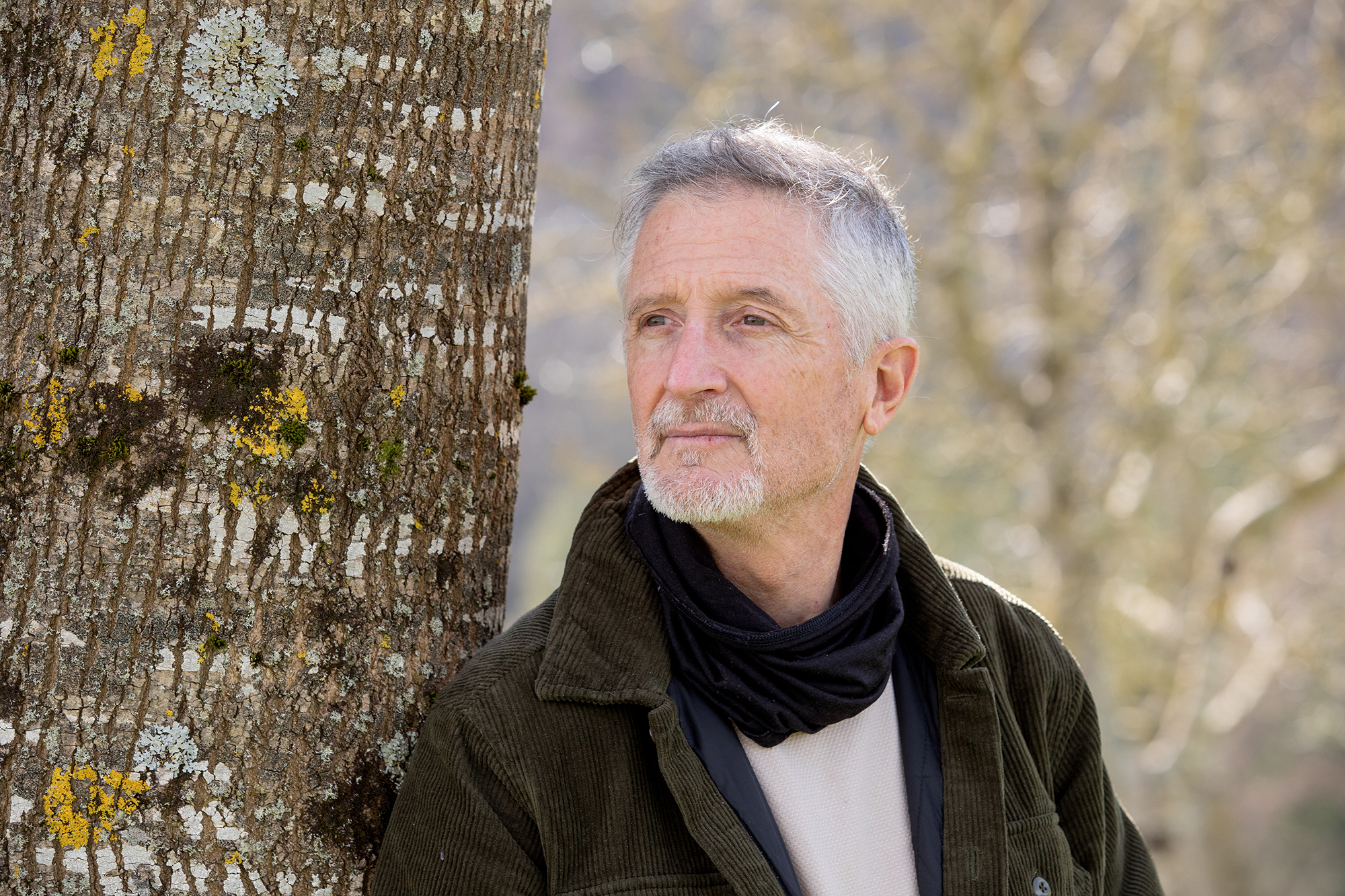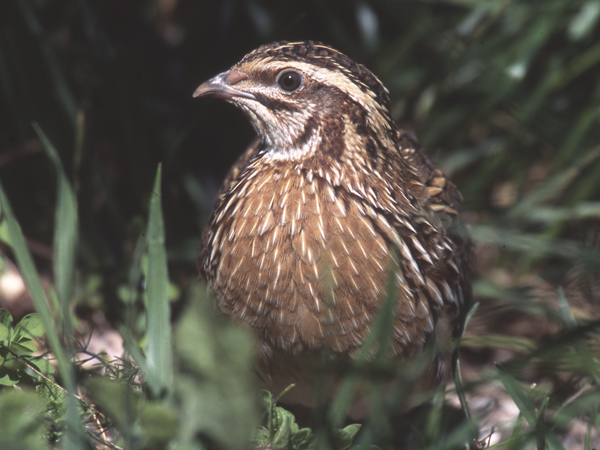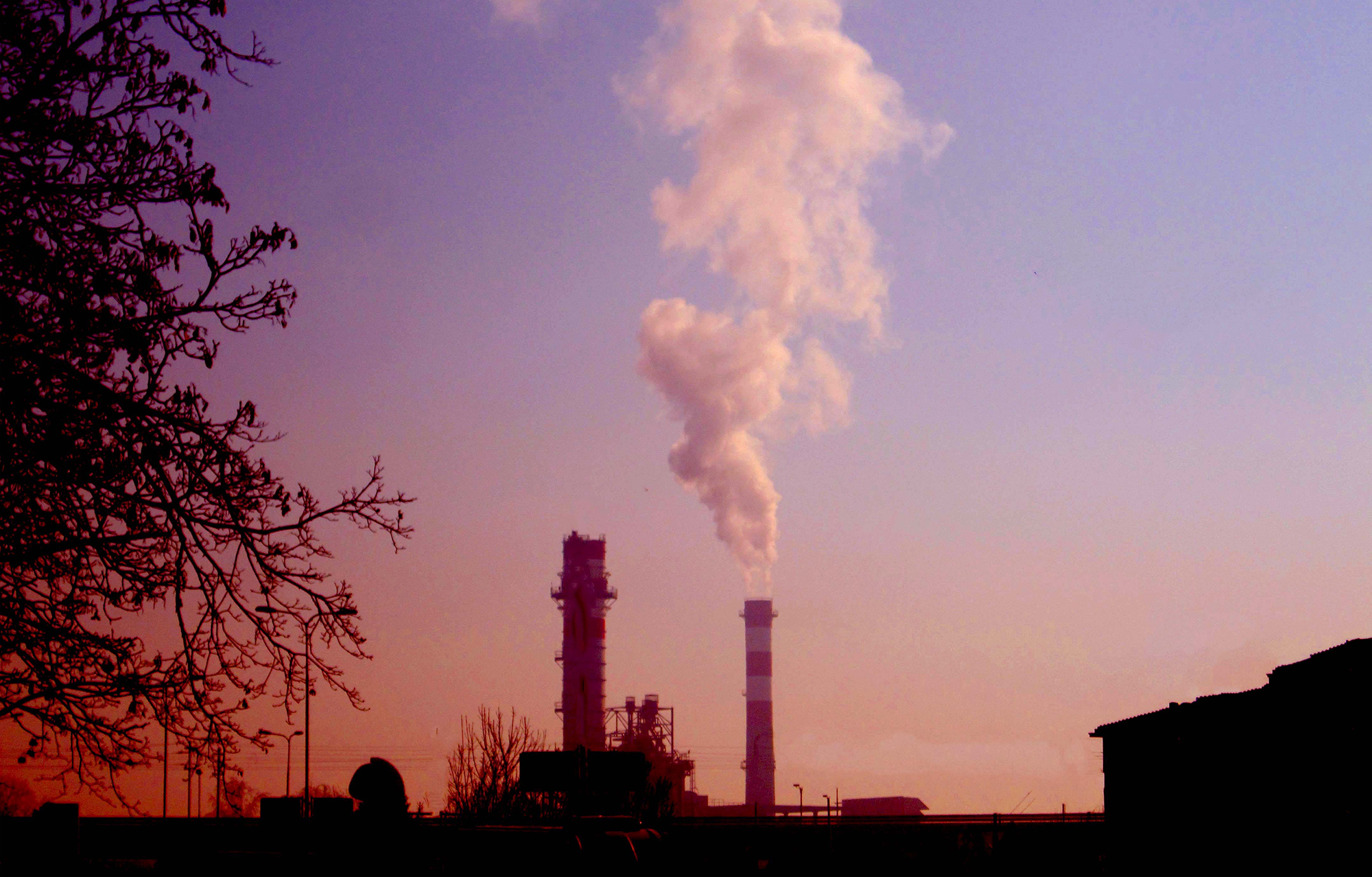Scientists warn that Doñana is in serious danger
- According to the latest study published by the Doñana Biological Station, 59.2% of the Doñana Lagoon system was lost between 1985 and 2018. In part they have disappeared due to lack of rainfall and increased temperature, but they have also shown that human activity has had a direct impact: plantations, construction, golf course, water extraction…

The director of the biological station Eloy Revilla Sanchez has based himself on this study to publicize the situation in the participation council of Doñana. In fact, a special meeting has been held to analyse the impact of the irrigation plan presented in the Andalusian parliament in Doñana. Revilla recalls that the European Court of Justice has punished Spain for failing to comply with the Doñana protection regulations and for the extraction of water to irrigate plantations and supply water to the urbanized area.
The data leave no doubt: Doñana is in a critical situation. Proof of this is that the three large lagoons that did not dry in summer are no longer permanent, such as El Sopetón and La Dulce, which are now often dried. The largest, Santa Olalla, has also been in a critical situation since 2012.
To monitor the evolution of the lagoons, 442 images taken by the Landsat satellite have been analyzed and the consequences of this evolution in animals and plants have been studied. For example, they note that the diversity of amphibians has almost halved between 2003 and 2021, from 4.3 species per square kilometer to 2.5. Furthermore, the two indigenous galapagos species of the Iberian Peninsula, both included in the red list of threatened species in Europe, are in a worrying situation, as are the guts and brooms. Fish and eels are also dying, and some aquatic plants are in danger of extinction.
Other habitats are also given less water. Within the protected area, 8.3% of the centennial cork oak trees have died since 2010 and 10% are very ill.
For the future, rain is expected to be less than normal. However, water demand is increasing year after year. Revilla states that “the current exploitation of the aquifer is unsustainable. Precipitation is variable and is decreasing and with it comes more water than it renews. Therefore, this natural resource is running out.” It has also denounced the lack of political will to control irrigation and extraction.
In order to cope with this situation, it has proposed, first of all, to stop extracting so many waters so that the Doñana ecosystem can recover. It also suggests renewing the situation assessment system and the governance model, and carrying out an analysis of the socio-economic activity of the environment to find other economic solutions. The General Council of Scientific Research of Spain and numerous scientists from other institutions and centers have joined the vision of Revilla.
Eskola inguruko natur guneak aztertu dituzte Hernaniko Lehen Hezkuntzako bost ikastetxeetako ikasleek. Helburua, bikoitza: klima larrialdiari aurre egiteko eremu horiek identifikatu eta kontserbatzea batetik, eta hezkuntzarako erabiltzea, bestetik. Eskola bakoitzak natur eremu... [+]
Andeetako Altiplanoan, qocha deituriko aintzirak sortzen hasi dira inken antzinako teknikak erabilita, aldaketa klimatikoari eta sikateei aurre egiteko. Ura “erein eta uztatzea” esaten diote: ura lurrean infiltratzen da eta horrek bizia ekartzen dio inguruari. Peruko... [+]
Biologian doktorea, CESIC Zientzia Ikerketen Kontseilu Nagusiko ikerlaria eta Madrilgo Rey Juan Carlos unibertsitateko irakaslea, Fernando Valladares (Mar del Plata, 1965) klima aldaketa eta ingurumen gaietan Espainiako Estatuko ahots kritiko ezagunenetako bat da. Urteak... [+]
Nola azaldu 10-12 urteko ikasleei bioaniztasunaren galerak eta klima aldaketaren ondorioek duten larritasuna, “ez dago ezer egiterik” ideia alboratu eta planetaren alde elkarrekin zer egin dezakegun gogoetatzeko? Fernando Valladares biologoak hainbat gako eman dizkie... [+]






















